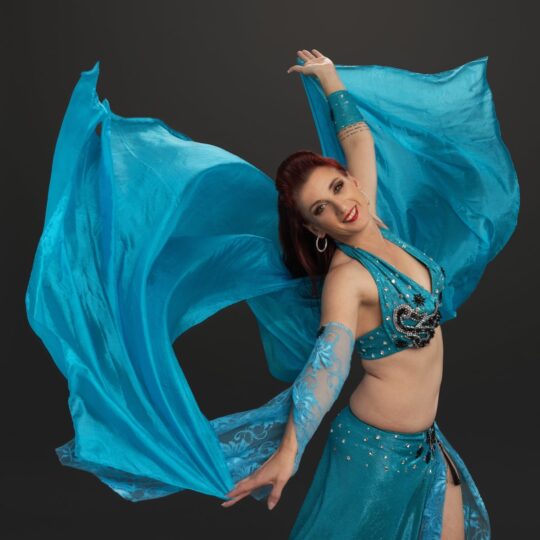Documenting dance. Sounds super un-fun right? But, also kind of essential. After all, it’s one thing to remember what you’ve done, but something entirely different to remember it tomorrow!
For example, I’ve spent the better part of the last 2 hours dreaming up combos for a workshop I’m running next weekend. I’ve tried them out, I’ve found music and worked out the steps and their order.
How would I remember what I’ve done?
Videoing isn’t great (and doesn’t look good as the teacher to be on your phone – even if its to re-watch your combos), which really only leaves…

Write it down
I never really gave much thought for how I documented my choreographies or combos until I came to the Salimpour School. I mean, I did write them all down, but time would pass and the way I had described the steps no longer meant anything to me.
In the Salimpour School, we have a method for writing out steps which end up being both meaningful and repeatable.

Take, for example, the combos on this sheet of paper. While I’m not using complete Salimpour technique here, as a method to be able to quickly write down my steps, this suits really well and I’ve also added extra notes which explain the emotional intent – all of which can be translated and understood later.
If I sent these notes as they stood to another dancer who understands the Salimpour notation, they could do the same combos as I’ve just written. They may put a different look on this though because I’ve not fully described things like arm placement, body facings or floor pattern. But they’d get pretty close to the original intent.
How do I get started?
There are many ways to document your dance, but I would suggest starting with learning a fully documented nomenclature. Having a pre-setup language to use to describe what you are doing is extremely helpful.
You don’t need to re-create the wheel here either. Many schools have nomenclatures, such as the Salimpour School’s one that I have referenced above.
The point of the nomenclature is to provide you with a known language you can use to describe movement. That way when you come back to notes in 6 years, 6 months or even 6 hours from now, you will remember what movement(s) you were thinking to do or what shapes you wanted to create.
I love seeing how other people document their dance steps. If you have a great way of writing yours down, please share it with me. As a student of dance myself, I love looking for all the efficiencies we can do.




